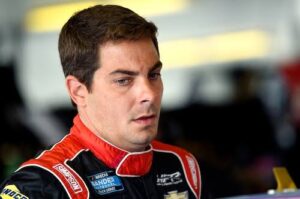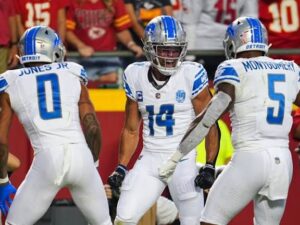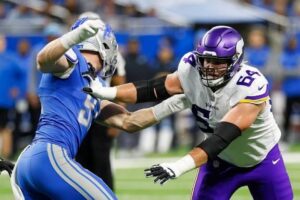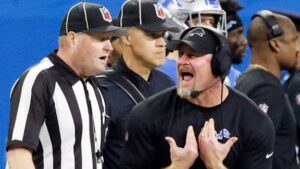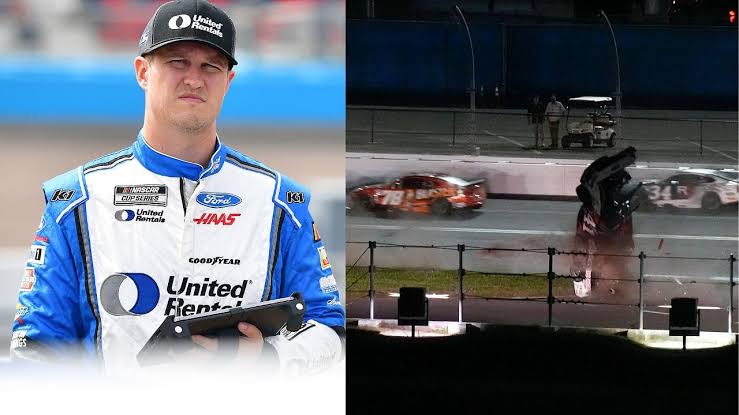
Ryan Preece once again experienced a terrifying airborne crash at Daytona International Speedway, marking the second time in two years his race ended with a dramatic flip in the final laps.
Back in the 2023 summer race at Daytona, Preece’s Ford Mustang flipped violently after making contact with another car, tumbling across the backstretch grass. Since then, that area has been paved to help reduce the severity of such incidents. However, despite the change, airborne crashes have continued.
Josh Berry went upside down in last year’s summer race, and in the 2025 Daytona 500, Preece found himself airborne once again. His car launched off Christopher Bell’s wrecked vehicle, carried on its rear wheels for several hundred feet, and then flipped, sliding on its roof into Turn 3’s outside wall before rolling back down onto the apron.
This incident marked the eighth time a NASCAR NextGen car has gone airborne since its 2022 debut. Notably, five of those crashes involved Ford Mustang Dark Horse models, including the No. 60 RFK Racing car.
Speaking with Fox Sports after the crash, Preece voiced concerns about the aerodynamics of the NextGen car. “I’m not sure if it’s the diffuser or something else, but these cars catch the air like a piece of plywood in the wind,” he said. “Once I lifted off, everything got eerily quiet, and all I could think about was my daughter. I’m lucky to be walking away, but it’s only a matter of time before someone isn’t.”
NASCAR has attempted various modifications to keep cars grounded, including a spoiler-like device on the right-side rear windshield. However, it didn’t prevent Michael McDowell from flipping at Daytona last year, nor did it stop Berry or Preece from going airborne.
Though airborne crashes have been a part of NASCAR for decades, the frequency of blowovers with the NextGen car is raising concerns. Since its introduction, there have been five blowover crashes in 109 races. By comparison, the Gen 6 car had eight over a decade, the Gen 5 had four in five years, the Gen 4 recorded 14 over 15 years, and the Gen 3 saw 17 in 14 years.
Reflecting on the crash, Preece expressed frustration and concern for driver safety. “I don’t know what to say at this point. As a father and a racer, I feel like we keep knocking on the same door, hoping for a different outcome, but we know what the issue is at superspeedways,” he said. “I don’t want to be the driver who proves how serious this is when it finally costs someone their life. I have a two-year-old daughter, and like a lot of us, I have a family to think about.
“Something needs to change. That crash felt worse than the one in 2023.”
Preece was evaluated and released from Daytona’s infield medical center after the accident.
His next race will be the Ambetter Health 400 at Atlanta Motor Speedway on Sunday, Feb. 23, airing at 3 p.m. ET on Fox, with coverage also available on the Performance Racing Network and SiriusXM NASCAR Radio (channel 90).
